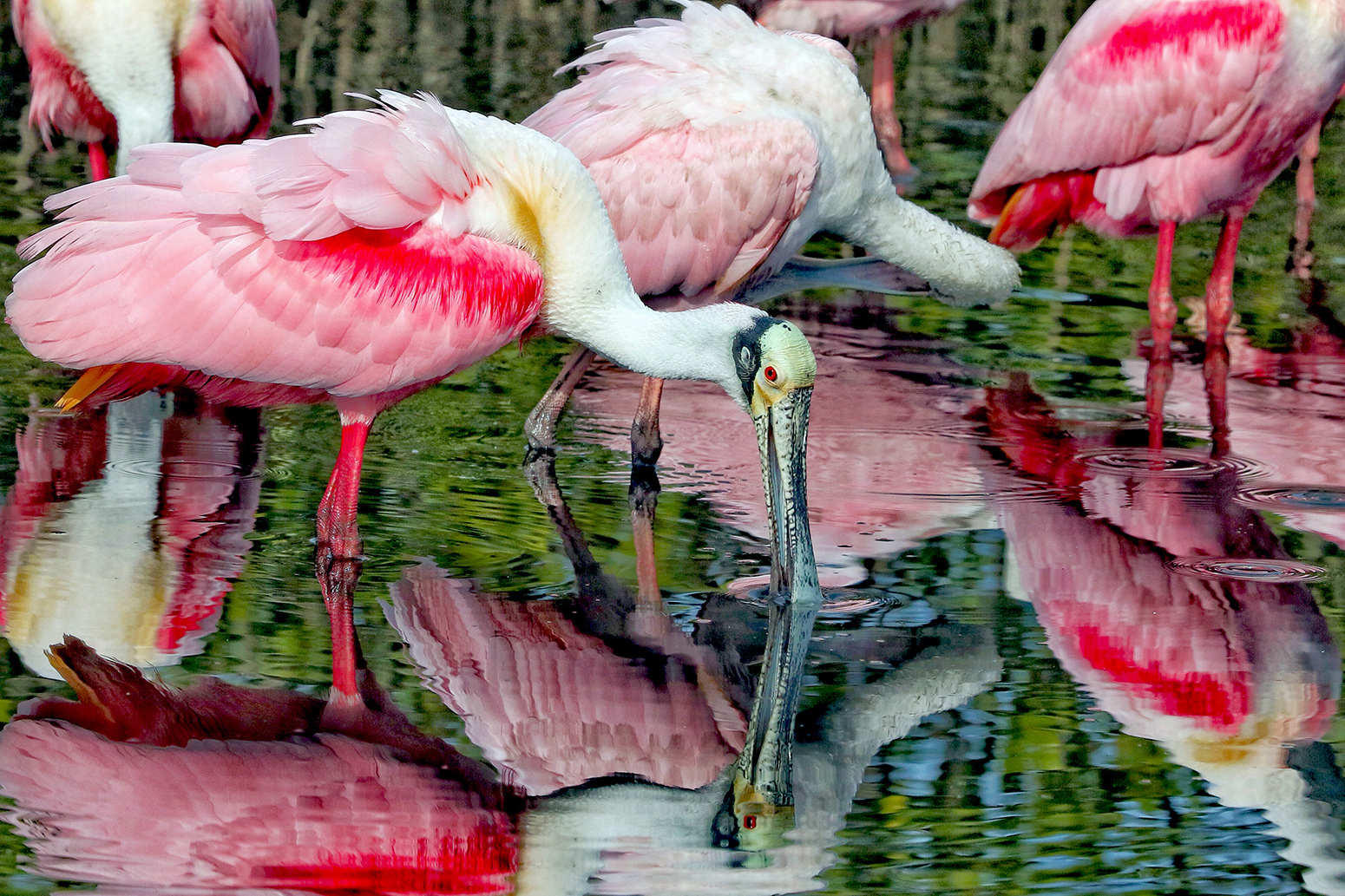Expert birder Tom Hince has created an enduring connection with the avian world through his journey to build memories and put as many species as possible in focus.
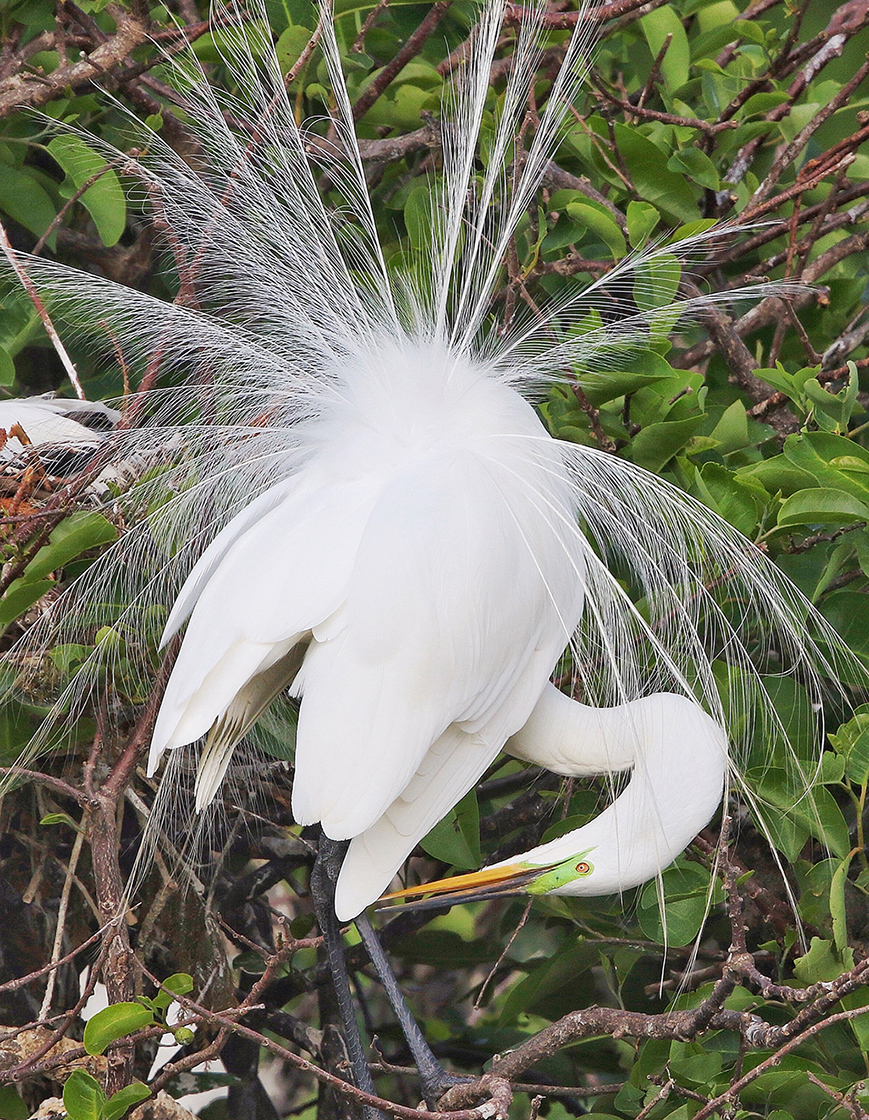
Growing up in England in the early ’60s, Tom Hince explains that egg collecting was a common pastime. Young children would find eggs in nests, take them and hollow them out.
“Now, we look at that and say, ‘Oh my gosh, that’s crazy,’” Hince acknowledges. “But back then it was a perfectly normal way to look at the resource and I used to find nests for my friends. I didn’t have my own egg collection, but I had a couple of young buddies in school who did and I would find nests and I would tell them where they were.”
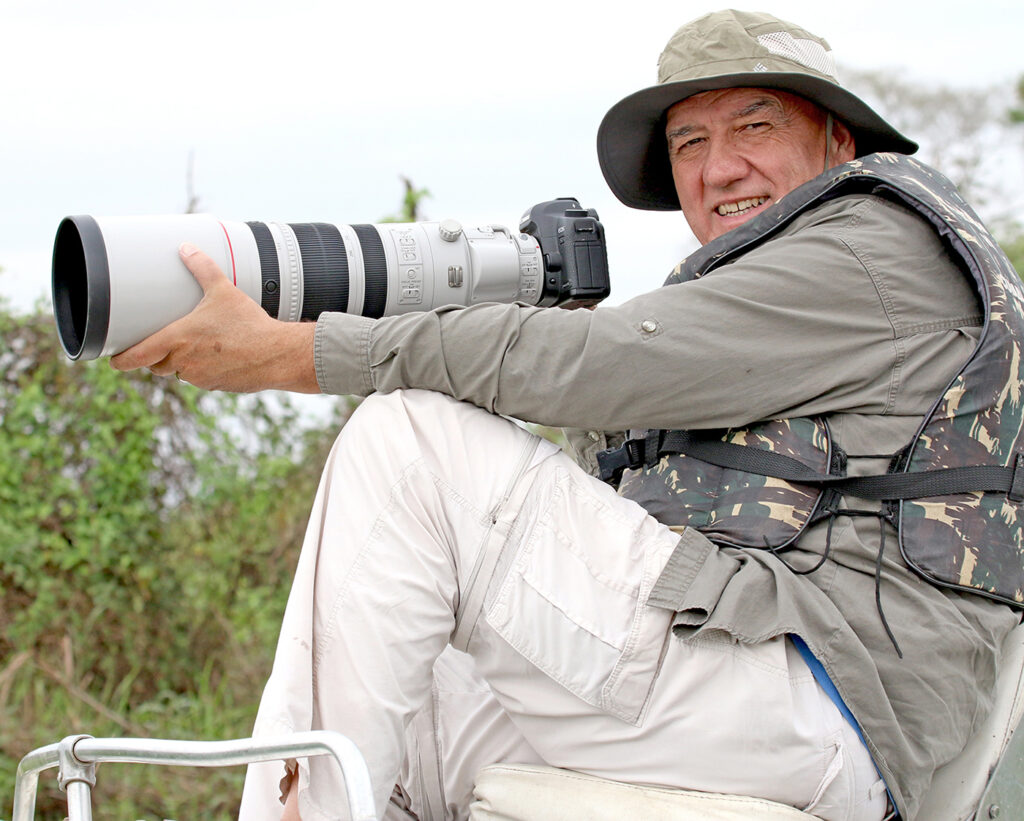
One day, a hunt for an egg took him down a wooded private trail.
“I walked by and there was, right at hand height, a nest of a little English robins sitting at the side of this track in a little bush,” he recalls. “The female was sitting on the nest and stayed there while I stood there. I reached out very slowly and touched her on the back of the head and she stayed there, and never once did I ever show anybody a nest again.”
Hince, 65, tears up a little talking about that memory.
“I wear my heart on my sleeve,” he says with a choked-up chuckle.
The teacher at his “one-room schoolhouse,” also inspired him to pursue birding.
“She used to show us Super 8 films that she would take of birds when she went out watching birds,” Hince recollects. “I thought that was really cool, and then I remember coming home one day from swimming lessons with my parents and I saw my teacher at the side of the road filming. I said, ‘Mom, mom! Stop! It’s Mrs. Wright.’ We pulled over and there she was filming a barn owl sitting on a fence post in the late afternoon. I’ve always remembered that as a very formative moment.”
Hince’s mom was from Scotland and his dad was from England.
“We grew up all over England, Scotland, Wales and Denmark until I was about 9 years old and then we emigrated to Canada in ‘67.
In Canada, Hince studied environmental science and educated the public as a national park guide and naturalist. He would show visiting birding groups birds nesting along the marshlands of Point Pelee National Park in Ontario, one of the best inland spots in North America to observe bird migrations.
Later, Hince became one of the highest-paid columnists for the Discovery Channel in Canada, shooting nature shows and documentaries. One highlight involved filming an endangered flightless parrot halfway around the world.
“I went to New Zealand and I wrote to the Department of Conservation several times to see if I could come out to film their research with the kakapo and I finally got permission,” he recalls. “I went onto the offshore islands and a kakapo walked up to me and sat on my foot. Oh, my God, I cried. It was the greatest moment of my birding life. It still gives me goosebumps thinking about it.”
Birds, Hince explains, have been the gift that keeps on giving for him.
“I think there’s a lot of reasons why people like birds, because they are showy, colorful, they’re relatively easy to see,” Hince offers. “Birds are part of our everyday lives. As a birder you can pretty much travel anywhere in the world and walk out into a little park in Colombia or in Panama or in Italy and see different birds you wouldn’t see at home. It’s a fantastic hobby for people who like to travel and I’ve made a living out of showing people birds all around the world because it’s an opportunity for them to learn about different environments and different species of birds.”
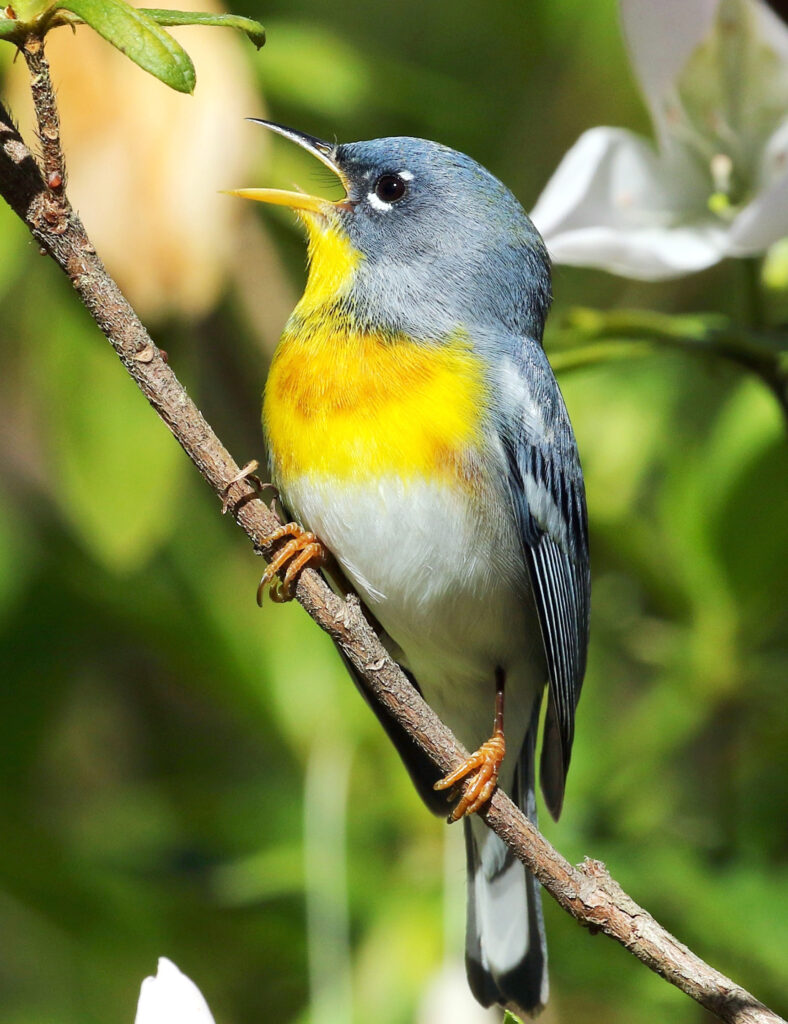
Birding In Focus
How did the term “birding” even come about? Scott Weidensaul’s 2007 book Of A Feather: A Brief History of American Birding states that the term became commonplace in the 1970s in North America.
The book explains the concepts of listing (notating birds observed over a period of time in a journal) and big years (an effort by one person to identify more bird species than anyone else in a defined geographic area within a year).
Speaking of big years, Hince triumphed as a Marion County Big Year winner shortly after relocating to Dunnellon from Michigan, identifying a total of 251 species in 2021.
On a recent warm late-winter morning, Hince once again has his telescope perched on a tripod focused on a pond teeming with shore birds.
Herons, egrets and ibises cavort between the lily pads of a pristine but untamed oasis in the middle of the ultra-landscaped trappings of a residential retirement haven.
It’s a scene that represents to Hince what birds mean to people, on many levels.
“I look at this pond as a microcosm,” he offers. “I was here to look for one bird that’s been spotted in this location, the stilt sandpiper. It’s a scarce bird in Central Florida. It’s just a little, nothing sandpiper to most people. It has yellow legs, but it’s got a little droopier bill than other sandpipers. So, for the avid birders, they’d come here and they would look at all these birds, but they’d be looking for the one bird. That’s it. Just the stilt sandpiper. I mean, they look at everything else, but a lot of the serious birders came here yesterday morning looking for that one bird.”
Winter, as you might guess, is the most diverse season when it comes to identifying birds.
“In winter, we have all of these species coming from the north, even species like, for example, the eastern bluebird, which is a species that breeds commonly in Marion County,” Hince explains. “The population swells with northern bluebirds that come down this area. And then we have species, for example, that come here only during the winter. A lot of the ducks that come down here in the winter, things like green-winged teal, ring-neck ducks and blue-winged teal, they’re long gone.”
Before moving to Dunnellon a few years ago, Hince often visited South Florida to check out the area’s abundance of shorebirds. He decided to move inland to be farther away from coastal regions where tropical storms and hurricanes typically wreak havoc and appreciates birding experiences that are exclusive to North Central Florida, especially in terms of viewing Florida scrub jays and red-cockaded woodpeckers. The Sunnyhill Restoration Area, Ocklawaha Prairie and Lake Weir are a few of his favorite Marion County birding spots.
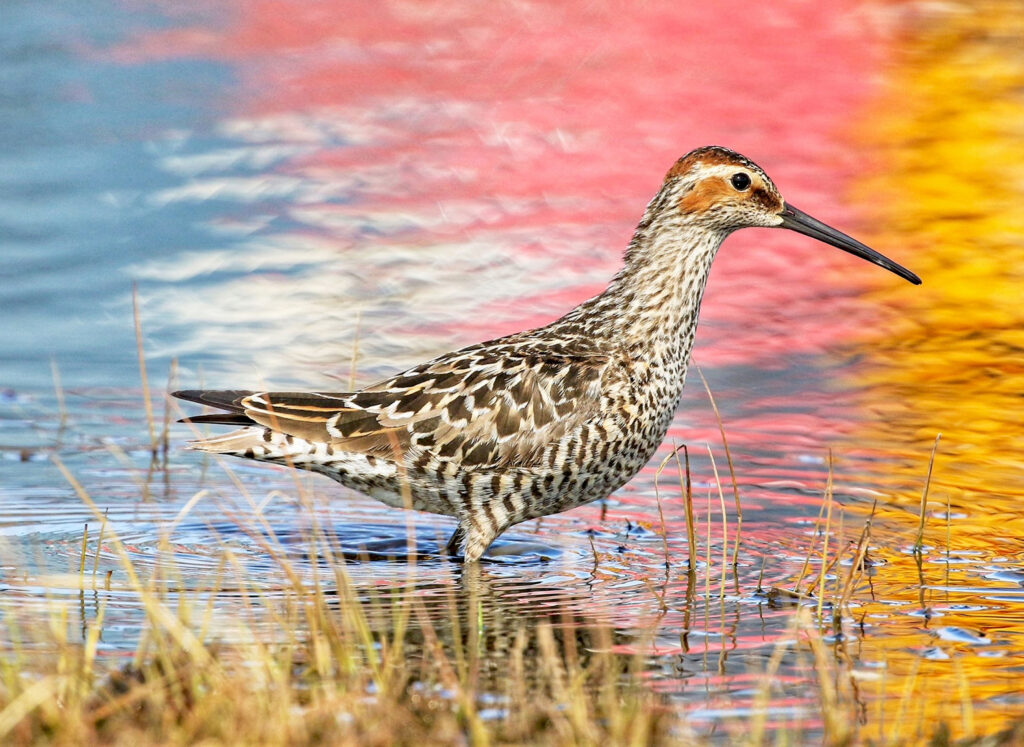
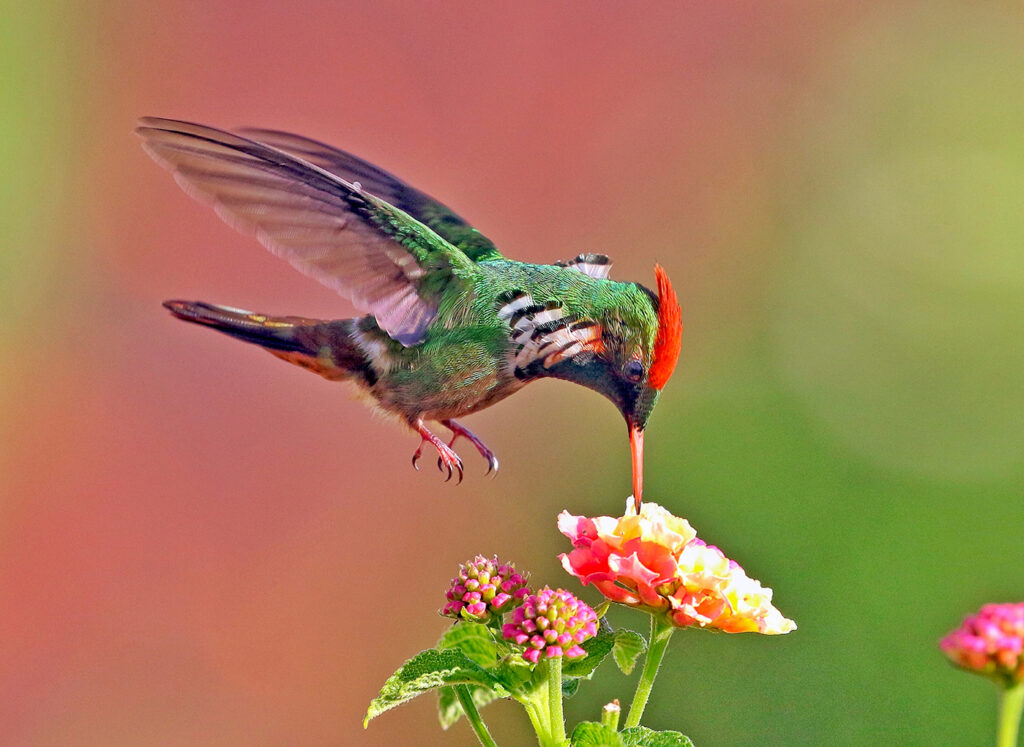
When discussing the untapped potential of the Ocala National Forest, the expert birder offers some interesting facts that non-birders might be unaware of.
“If we don’t actively burn or let passive burns occur, Florida scrub jays will disappear,” Hince stipulates. “It’s a species that requires a landscape that has open areas or open spaces with sort of mid-size scrub.”
According to Hince, the scrub jays need wide open areas for foraging.
“They have a very complex family unit,” he adds, “where they actually are a social species and cooperative breeders. One pair will be the active actual breeders,” he clarifies, “but a group of scrub jays might have five to 10 birds in it and the others simply support and help to raise the young. This is a very common thing that happens in species that are surviving in very difficult, harsh environments.”
Connection and Conservation
Hince is taking a hiatus as a tour guide, but he does plan to take a personal trip to Africa later this year. He makes a living these days taking bird and nature photos with his wife, Kathi, under the moniker TomKat Images.
As a member of the Marion Audubon Society, he encourages people of all ages and birding/wildlife experience levels to connect with the natural world.
Hince claims that providing more sustainable access to nature lovers—not closing off wide swaths of nature preserves—is key to a successful conservation effort.
“Birders have walked the Earth,” he says. “They have a memory of seeing a bird or seeing flowers or firsthand experience, and if we lose that connection and that firsthand experience, we are going to lose these places. So, as much as there’s a tendency to want to close areas to protect them, that’s a really easy thing to do. Anybody can close a place off. The challenge is keeping it open and keeping people in connection with it. That’s how we’re going to save green spaces, not through just simply the gut reaction. I used to always fight that argument at the management table with resource managers and warden types. Let’s educate them, work with them, stand next to them and get them to understand. That’s the real challenge.” OS
You can visit TomKat Images at the Old Florida Celebration of the Arts in Cedar Key on April 1-2 and at the Brownwood Paddock Square Art & Craft Festival on April 8-9. To learn about Hince visit tomkatimages.weebly.com and for more information about the Marion Audubon Society, go to marionaudubon.org
